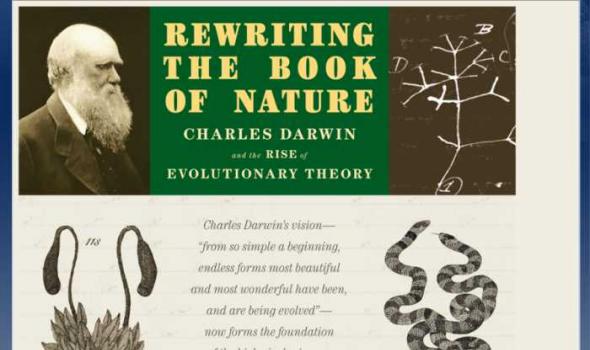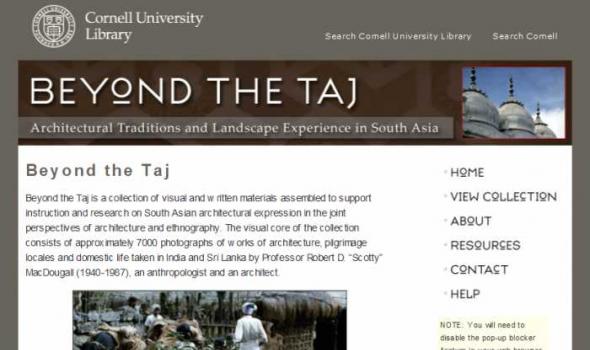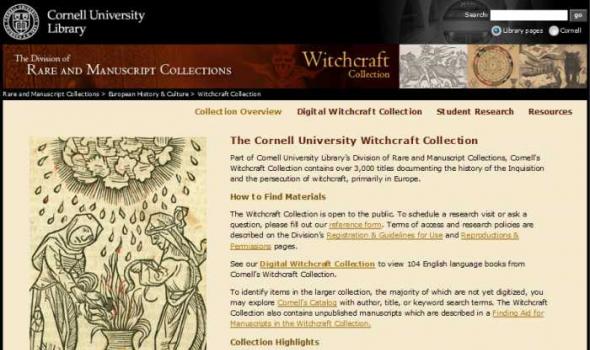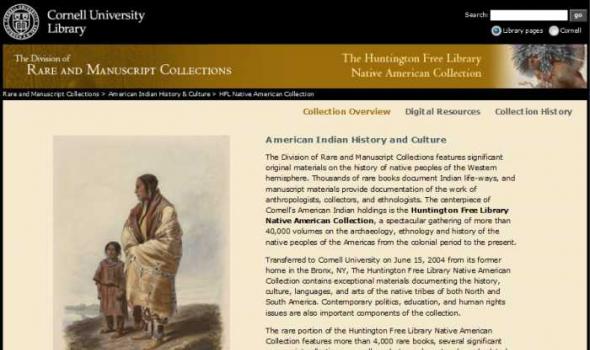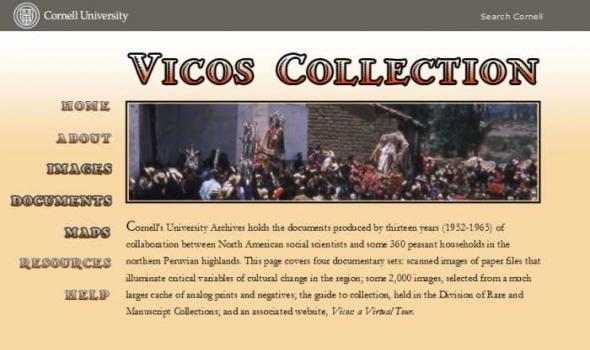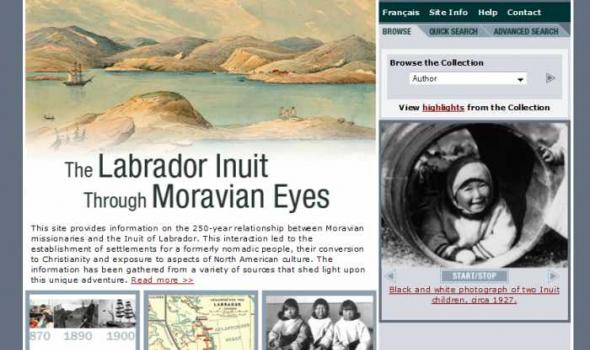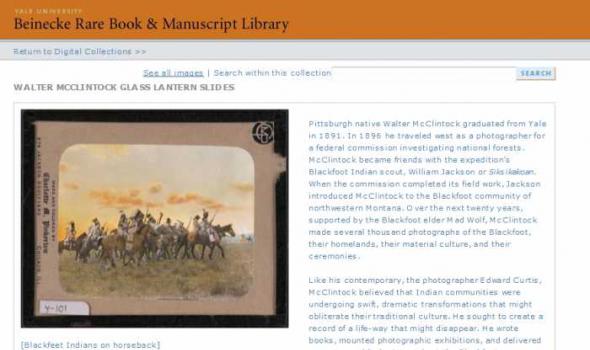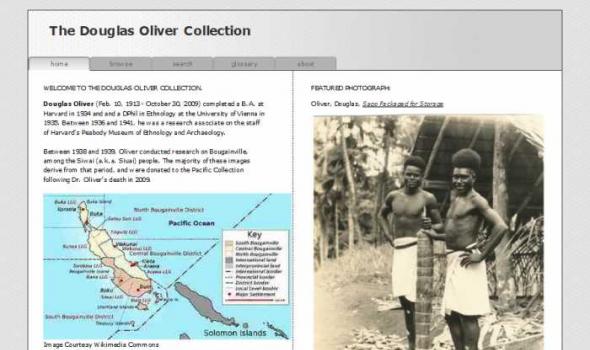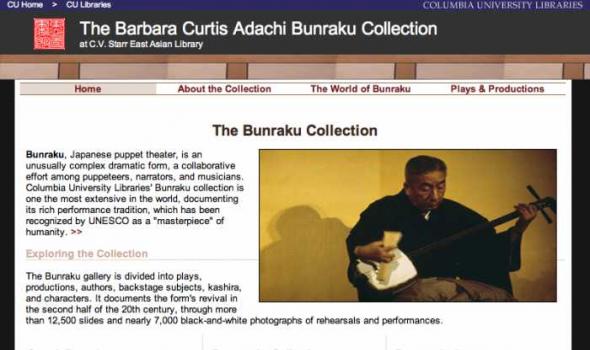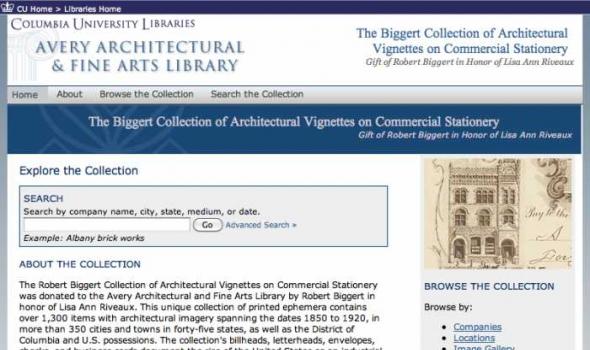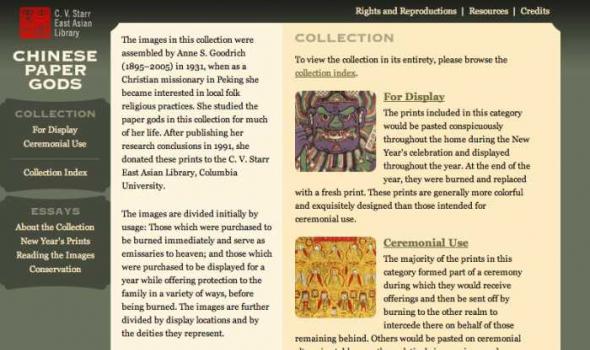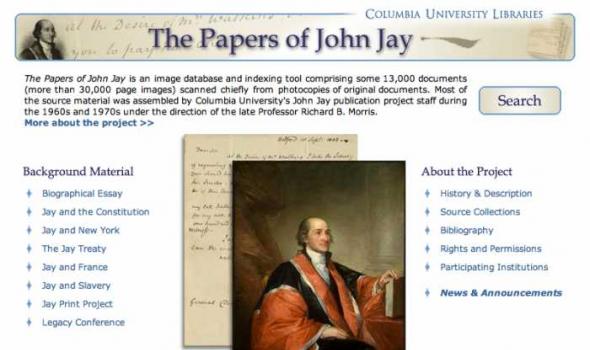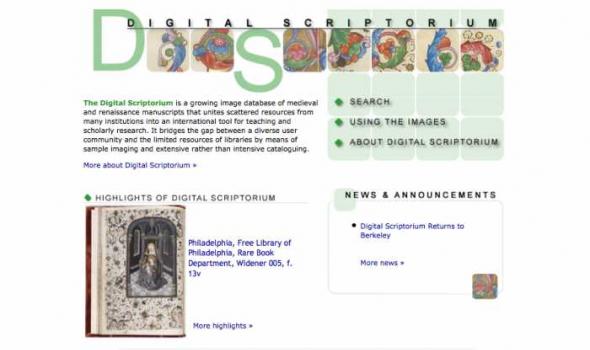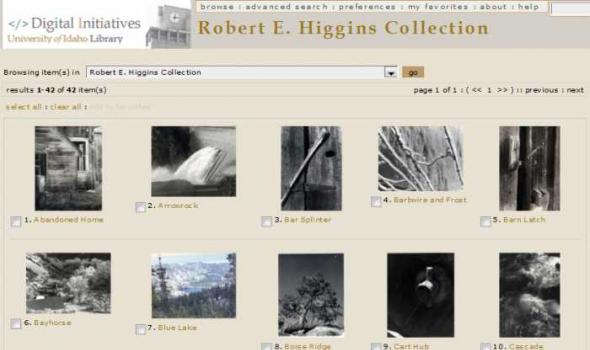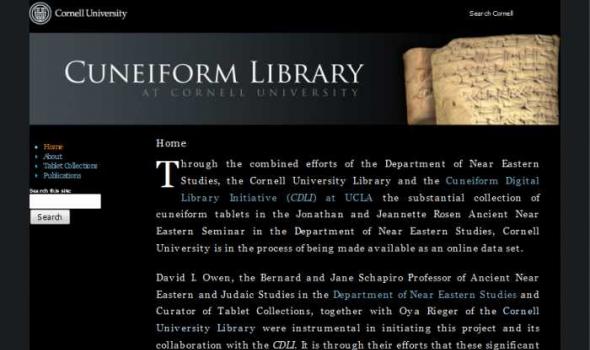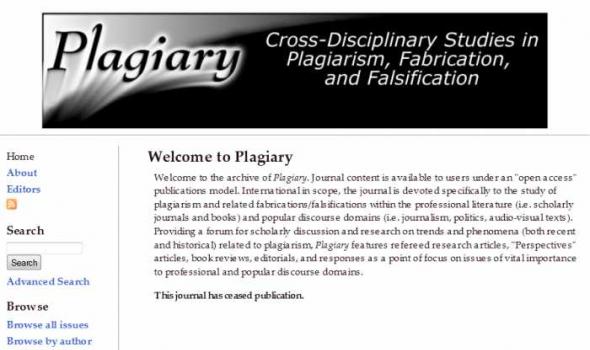Anthropology
The fourth in a series of online collections from Harvard University, Expeditions and Discoveries delivers maps, photographs, and published materials, as well as field notes, letters, and a unique range of manuscript materials on selected expeditions between 1626 and 1953. The collection is made possible with the generous support of the Arcadia Fund . In the 19th and 20th centuries, Harvard University played a significant role—as underwriter, participant, collector, and repository—for pace-setting expeditions around the world. For Internet users, Expeditions and Discoveries provides selective access to Harvard’s multidisciplinary records of those expeditions.
Welcome to Michigan Discussions in Anthropology Michigan Discussions in Anthropology is a topical journal published under the auspices of the Department of Anthropology at the University of Michigan . It exists as a service to the department, offering opportunities for students and faculty both to become editor of a compiled volume in their specialty and to publish their own work, thus furthering their professional advancement. All papers are subjected to external anonymous peer review before publication. MDIA is a regular topically oriented publication exemplifying Michigan's four-field approach to anthropological study by uniting papers from all four subfields which reflect the subject of each volume.
History of Medicine Rewriting the Book of Nature Charles Darwin and Evolutionary Theory Charles Darwin’s vision—“from so simple a beginning, endless forms most beautiful and most wonderful have been, and are being evolved”—now forms the foundation of the biological sciences. Radical in sweep, Darwin’s idea of naturally innovating and endlessly changing webs of life undercut all previous sciences. Darwin was instantly seen as a potent sign of a new science, a new way of conceiving the world. His theory was an immediate threat not just to those who were wedded to an older conception, but to all who relied on a given and settled order for meaning and for power.
About the Project This digital collection references the canonical works or “major moments” that have come to be regarded as important in the study of South Asian architectural traditions. Images of rites, festivals and customary practices enrich and clarify the material record and situate canonical architecture in broader understandings of landscape experience and artistic production. A sub collection of images from 89 Aiyanar temples in Tamil Nadu, South India is one special aspect of this database. It draws on Robert MacDougall’s unfinished study of a folk tradition. Another unique aspect of the database is a collection of images of domestic architecture and community life in Sri Lanka.
The Billie Jean Isbell Andean Collection This collection of materials is derived from my years of research in the Andes, primarily in the southern Andean department of Ayacucho and specifically in the village of Chuschi, Peru and the surrounding region of the River Pampas Valley in the province of Cangallo. I began research for an undergraduate honors' thesis in 1967 and the earliest images are from that date and continue through 2002. Included in this collection are approximately 1500 photographs, thirteen songs, my ethnography, To Defend Ourselves: Ecology and Ritual in an Andean Village , as well as selected publications. - Billie Jean Isbell, 2005 Visit Professor Isbell's latest project:
The Cornell University Witchcraft Collection Part of Cornell University Library’s Division of Rare and Manuscript Collections, Cornell's Witchcraft Collection contains over 3,000 titles documenting the history of the Inquisition and the persecution of witchcraft, primarily in Europe. How to Find Materials The Witchcraft Collection is open to the public. To schedule a research visit or ask a question, please fill out our reference form . Terms of access and research policies are described on the Division’s Registration & Guidelines for Use and Reproductions & Permissions pages. See our Digital Witchcraft Collection to view 104 English language books from Cornell’s Witchcraft Collection.
American Indian History and Culture The Division of Rare and Manuscript Collections features significant original materials on the history of native peoples of the Western hemisphere. Thousands of rare books document Indian life-ways, and manuscript materials provide documentation of the work of anthropologists, collectors, and ethnologists. The centerpiece of Cornell's American Indian holdings is the Huntington Free Library Native American Collection , a spectacular gathering of more than 40,000 volumes on the archaeology, ethnology and history of the native peoples of the Americas from the colonial period to the present.
Cornell Vicos Collection About the Vicos Collection The Program represents an optimistic view of both the possibilities for and the benefits of change. The contemporary North American view emphasized the importance of agricultural productivity as a means to improve closed, ignorant, impoverished communities such as Vicos. In addition, the social science of the time stressed the essential relationship between economic development national integration. The Vicosinos would exercise the duties of citizenship in exchange for the rights that the Peruvian nation afforded them. Evaluations of the Cornell-Peru Program describe it as a qualified success.
Terra Incognita: An Online Exhibition This exhibit features early printed accounts of exploration and cultural encounters between what is known as the Old World or Europe and the New World or the Americas. The people on both sides of these encounters viewed the people they met through the screen of their culture and how they perceived the world, including their myths, legends, and religious beliefs. Both sides often had to reconfigure and rebuild their idea of the world with this new knowledge. The results yielded much knowledge and discovery but also misunderstanding, fear and violent attempts to control various groups.
This site provides information on the 250-year relationship between Moravian missionaries and the Inuit of Labrador. This interaction led to the establishment of settlements for a formerly nomadic people, their conversion to Christianity and exposure to aspects of North American culture. The information has been gathered from a variety of sources that shed light upon this unique adventure. Read more
The written literature about Inuit/Eskimo peoples is a rich resource of great value to today’s students, scholars, educators, researchers, and northern residents. Yet many of the most interesting and valuable accounts derived from early contact situations are rare, out-of-print, or otherwise unavailable—especially to northern communities. The goal of the Hubert Wenger Eskimo Database project has been to make many of these early and primary accounts more widely available through digital media. Nearly 200 titles—primarily books and journal articles—have been included in the database and are uniformly searchable with powerful text-retrieval software.
Pittsburgh native Walter McClintock graduated from Yale in 1891. In 1896 he traveled west as a photographer for a federal commission investigating national forests. McClintock became friends with the expedition’s Blackfoot Indian scout, William Jackson or Siksikakoan . When the commission completed its field work, Jackson introduced McClintock to the Blackfoot community of northwestern Montana. Over the next twenty years, supported by the Blackfoot elder Mad Wolf, McClintock made several thousand photographs of the Blackfoot, their homelands, their material culture, and their ceremonies.
The Art of Daily Life There is no equivalent in the many Native American languages for the word art . Yet the objects here suggest that Native Americans are a highly spiritual people who create objects of extraordinary beauty. In Native American thought there is also no distinction between what is beautiful or functional, and what is sacred or secular. Design goes far beyond concerns of function, and beauty is much more than simple appearances. For many native peoples, beauty arises from living in harmony with the order of the universe.The concerns and aspirations of a vital contemporary American Indian population changes as the world changes.
The Douglas Oliver Collection WELCOME TO THE DOUGLAS OLIVER COLLECTION. Douglas Oliver (Feb. 10, 1913 - October 30, 2009) completed a B.A. at Harvard in 1934 and and a DPhil in Ethnology at the University of Vienna in 1935. Between 1936 and 1941, he was a research associate on the staff of Harvard's Peabody Museum of Ethnology and Archaeology. Between 1938 and 1939, Oliver conducted research on Bougainville, among the Siwai (a.k.a. Siuai) people. The majority of these images derive from that period, and were donated to the Pacific Collection following Dr. Oliver's death in 2009. Image Courtesy Wikimedia Commons Related Information : Association for Social Anthropology in Oceania, Winter 1990 "Douglas L. Oliver, 1913-2009"


